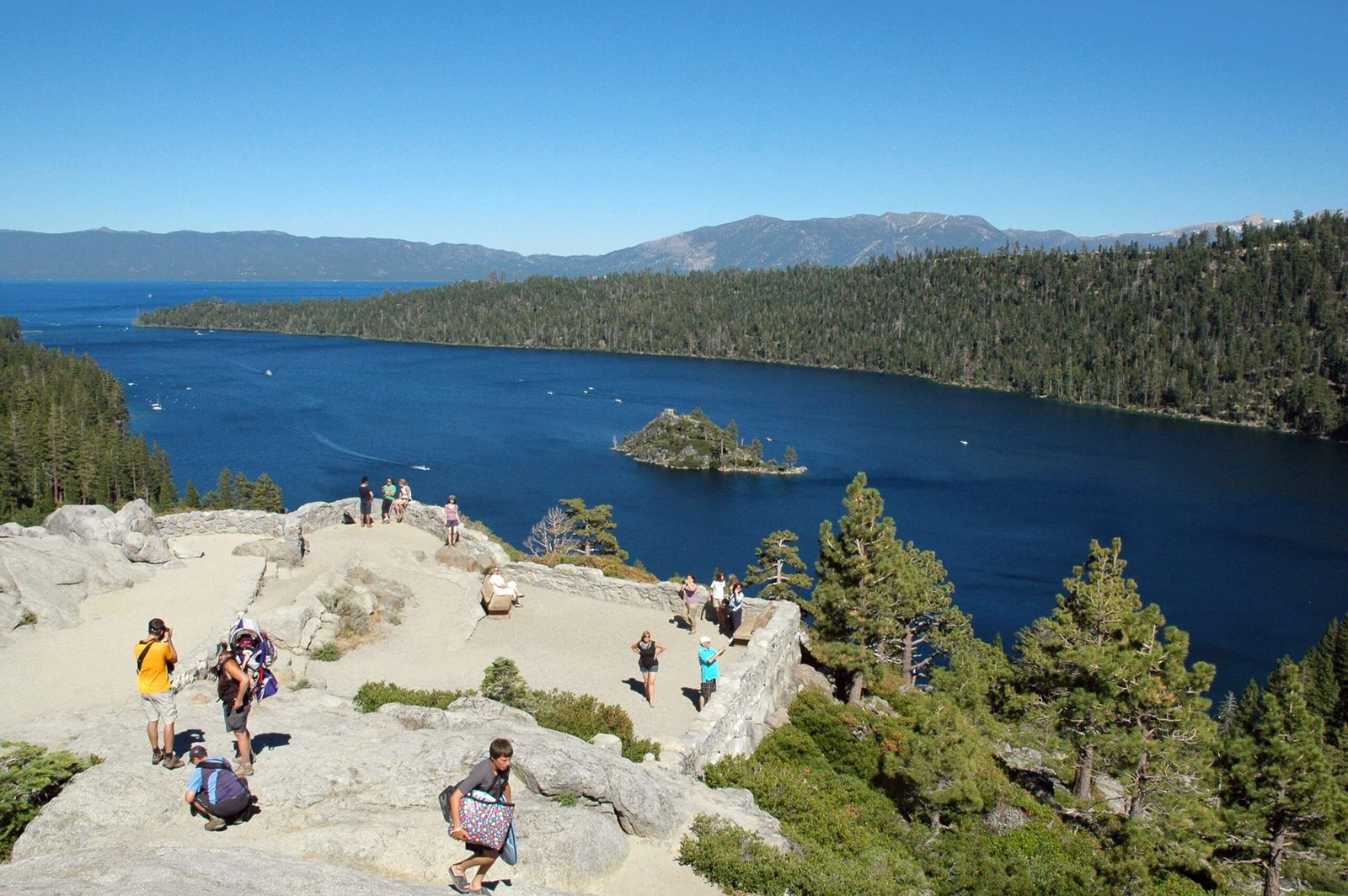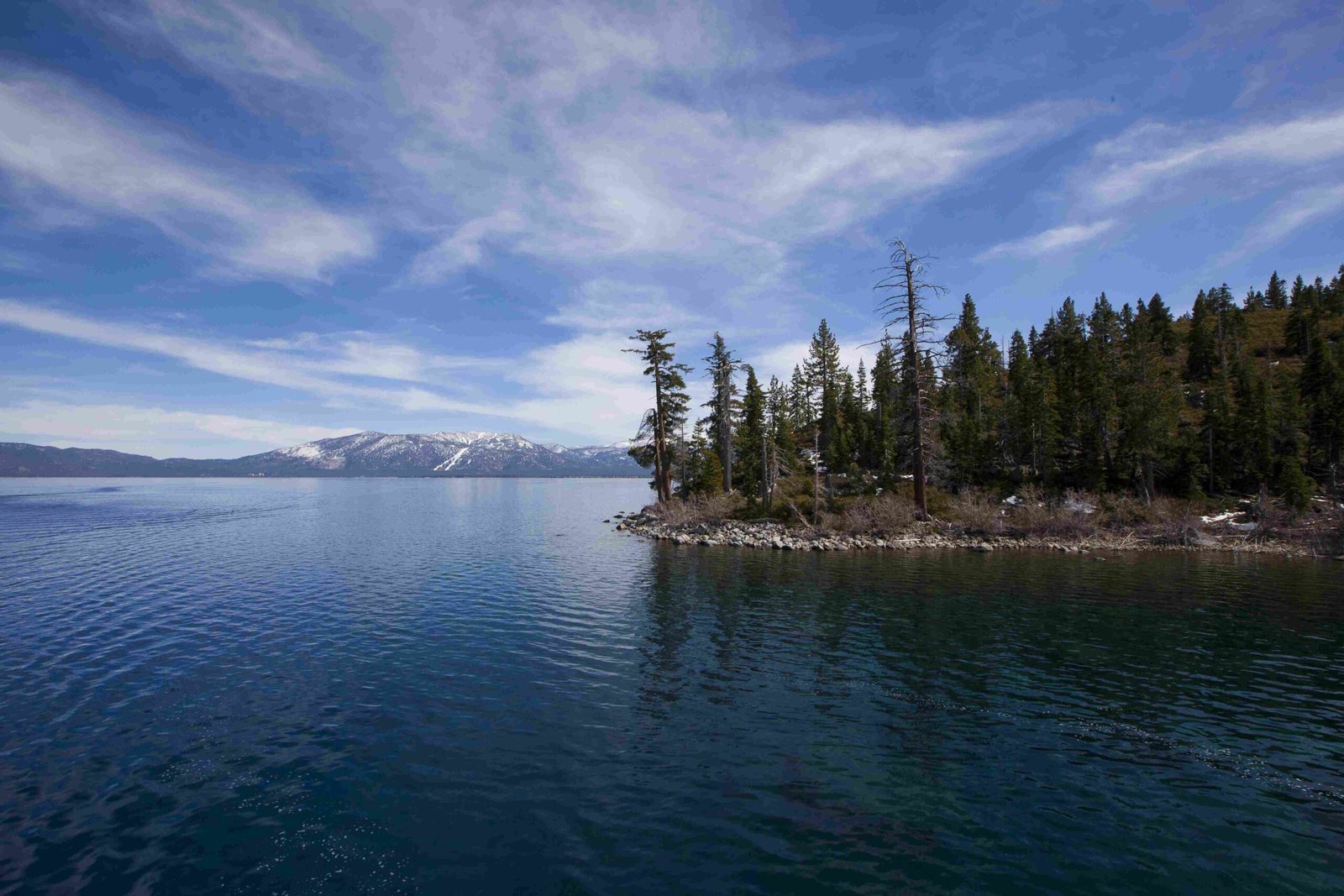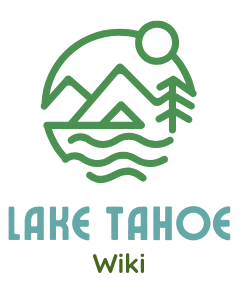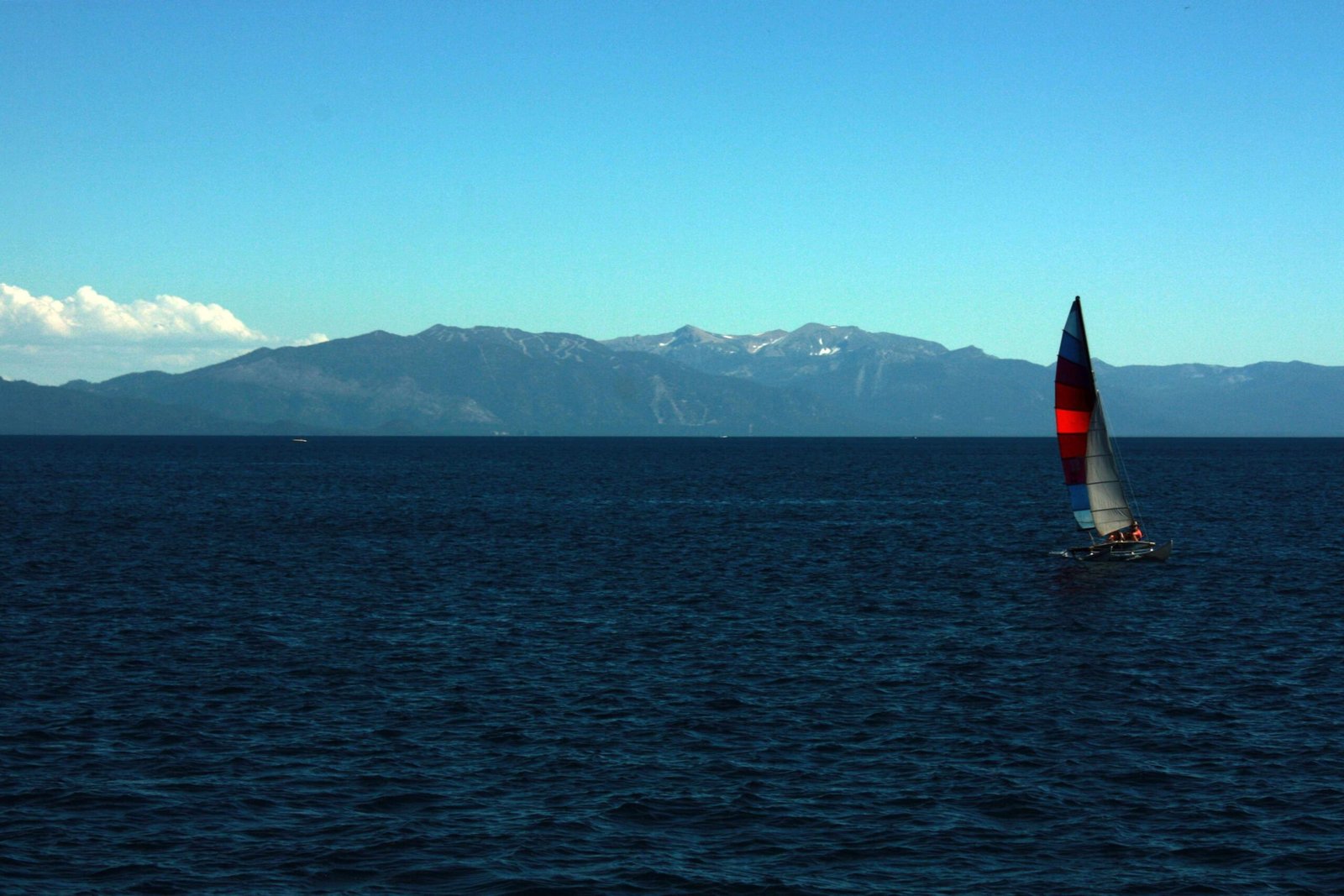Lake Tahoe is a remarkable alpine lake uniquely positioned across two western states: California and Nevada. Straddling the Sierra Nevada mountain range, this pristine water body spans approximately two-thirds of its shoreline in California and one-third in Nevada, creating a fascinating geographical boundary that offers diverse recreational, cultural, and natural experiences for visitors and residents alike.
What Makes Lake Tahoe’s State Border Unique?

How Does the State Line Divide Lake Tahoe?
Lake Tahoe’s state border is a fascinating geographical feature that splits the lake between California and Nevada. Here’s a detailed breakdown of this unique boundary:
| State | Percentage of Shoreline | Key Characteristics |
|---|---|---|
| California | 66% | More developed, tourism-focused areas |
| Nevada | 34% | Casino resorts, quieter communities |
Where Exactly Are the State Boundaries Located?
The state line runs through the lake, creating an invisible boundary that crosses:
- North Shore: Near Crystal Bay and Incline Village
- South Shore: Around Stateline and Heavenly Mountain Resort
- Midline: Approximately through the lake’s center
What Unique Experiences Exist at the State Border?

California Side Highlights
Visitors to the California portion of Lake Tahoe can enjoy:
- South Lake Tahoe: Vibrant urban center
- Emerald Bay State Park: Iconic scenic location
- Heavenly Mountain Resort: Ski and summer recreation
- Multiple State Parks: Including D.L. Bliss and Emerald Bay
Nevada Side Attractions
The Nevada portion offers distinctive experiences:
- Casino Resorts: Harrah’s, Harveys, Bally’s
- Incline Village: Upscale residential community
- Crystal Bay: Scenic and serene environment
- Mount Rose Highway: Scenic mountain route
How Do Visitors Navigate Between States?
Transportation Options
- Highway Connections
- US 50 (California/Nevada)
- CA 89
- NV 431 (Mount Rose Highway)
-
Interstate 80
-
Public Transportation
- Tahoe Transportation District buses
- Regional shuttle services
- Seasonal tourist transportation
What Environmental Considerations Exist?
Ecosystem and Conservation
- Shared Watershed: Both states collaborate on lake preservation
- Forest Service Management: United States Forest Service oversees regional conservation
- Bi-State Compact: Formal agreement for environmental protection
What Legal and Recreational Implications Exist?
State-Specific Regulations
- Fishing Licenses: Different requirements for each state
- Gambling: Legal only on Nevada side
- Property Regulations: Vary between California and Nevada jurisdictions
Recreational Activities Across Borders
- Skiing: Heavenly Mountain Resort spans both states
- Boating: Unrestricted lake-wide movement
- Hiking: Extensive trail systems in both states
Practical Travel Tips
Best Times to Visit
- Summer: Peak tourism season (June-August)
- Winter: Ski and snow sports (December-March)
- Shoulder Seasons: Less crowded, mild weather
Recommended Preparations
- Check state-specific regulations
- Carry appropriate documentation
- Be aware of potential climate differences
- Prepare for altitude (6,225 feet elevation)
Conclusion
Lake Tahoe’s unique bi-state location offers an extraordinary blend of natural beauty, recreational opportunities, and cultural experiences that make it a truly exceptional destination.

